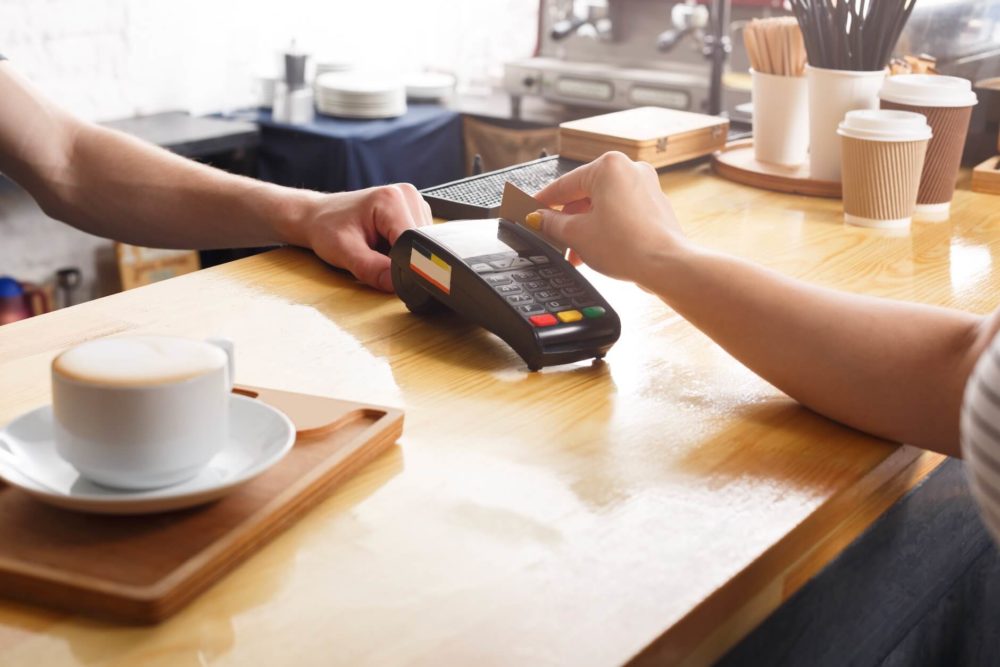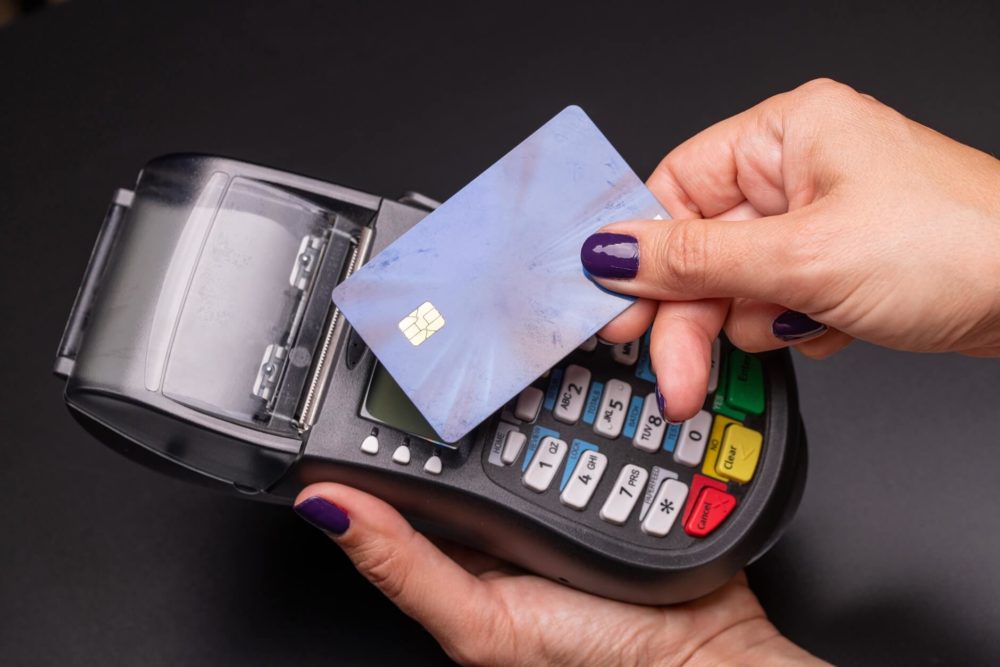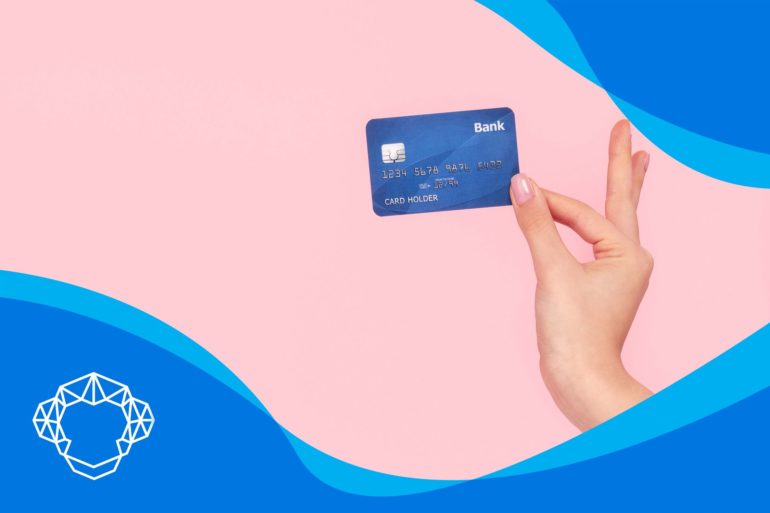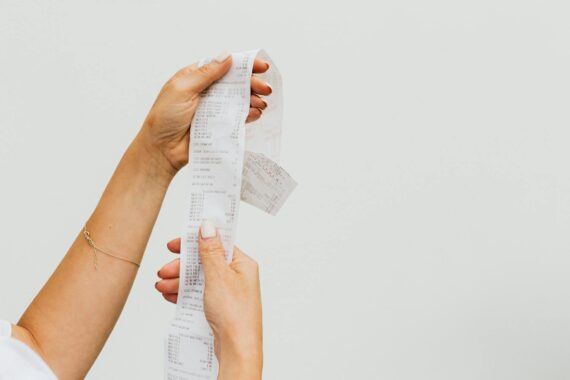A merchant ID or MID is an extremely important piece of data for your business and online payments. With so many transactions happening each second, you probably wonder how all these different entities can tell who is paying where, what the route of that transaction should be, and how the payment gets to the right recipient. The merchant identification number is the answer for that. Let’s see how it works and what else you should know about it.
If you haven’t heard about this code yet and you plan on starting your own small business, you could be on the way to making one of the most common mistakes business owners make. You might have learned how credit card processing works, but without at least understanding the basics of MID, you might have problems with losing and protecting it. Read on to learn more.
What Is a Merchant Identification Number and How it Identifies Your Business?
When applying for a merchant account, your chosen acquiring bank assigns a unique numeric code once you open your account successfully. This distinctive code is like an account number or a home address you have at your acquirer, and it is used for the identification of your company for all plastic payments. This unique identifier is used to tell you apart from other businesses, so that issuers, acquirers, processors, card networks, and all other entities can recognize you.
However, there are merchants that accept plastic money and don’t have MIDs. For example, if you use PayPal or some of the PayPal alternatives as your credit card processing companies, you will not have a numeric code. You are not required to have it since you don’t need a formal merchant account to use these processors.
How to Get a Merchant ID Number?
If you’re wondering How do I create a merchant ID, keep in mind that all it takes is to open an account with an acquirer. Once that’s finished, the payment processor you chose will assign a specific numeric code to your business.

MID Is Used to Enable the Transferring of Funds
When a customer wants to pay for something with plastic, the business owner sends information electronically to the merchant processing company. Your provider sends all the necessary data to your acquirer (i.e. your acquiring bank). Then, the information is passed to the issuing bank that makes sure there are sufficient funds on the customer’s account. If there are, the payment will be approved, and the approval is sent back to the acquirer, which then pays your provider. After that, your provider pays you.
So, where does the famous numeric code we’re talking about come into play? It takes place when your service provider passes the request for payments to the acquiring bank and back to you. It’s the identifier that specifies your company as the money moves through third parties, and you can’t get paid without it.
Keep in Mind – MID and Merchant Account ID Aren’t the Same Things
Sounds a bit confusing, but it’s actually very simple, and we shouldn’t mix these two distinctive terms. Every company that accepts cards gets a merchant account ID. On the other hand, if you own a big online enterprise that has many websites, each of those branches will have a different merchant ID, but all of them will belong to the same merchant account ID.

Why Do I Need a Merchant ID?
The dilemma called credit card vs. cash is pointless for online businesses. If you’re learning about the basics of e-commerce payment options, you probably figured out that you must accept plastic money as well if you wish to thrive in the competitive market. No matter if you have an e-commerce business model or own an offline brick-and-mortar, you must have a credit card merchant number. It will uniquely identify you as a specific company in the transaction and route the funds to you every time a customer pays with plastic.
This numeric code is unique because it’s used to process confidential information in a safe and secure manner. Just like any other bank information, it should be kept private, so it can’t get compromised.
Another important thing to know is that this numeric code can’t be changed unless you get another card processor – then you’ll get a new identifier. Because of that, you should know your code and keep a note of it somewhere you find it handy.
How to Find Your Merchant ID?
If you’ve applied for an account, you should do a merchant ID lookup. If you haven’t already, don’t worry. Here’s where can you do your merchant ID number lookup:
- Take a look at the merchant statement you signed with your provider. You should receive these statements every month.
- You can find this numeric code digitally displayed on your terminal if you’re familiar with the terminal software.
- It’s sometimes on a sticker on the side of your terminal.
- Check your bank statement.
If all three options fail, call your provider, and they will tell you the numeric code right away. In most cases, you’re supposed to get a fifteen-digit code.

Know the Difference Between MID and Other ID Numbers
If this topic confuses you, you might have been thinking, Is merchant ID the same as tax ID, or what’s the difference between this and other identifying numbers. For example, there’s also TID – Terminal ID and GID – Gateway ID. TID is used to identify different terminals that your company uses, while GID identifies the network that is used by your payment gateway. However, both of these numbers are subordinate to the MID.
Can You Have Multiple MIDs?
The short answer is – yes. Even though one is usually enough for the needs of a smaller company, some even should have separate MIDs. This applies to big enterprises that need to separate the channels that bring them revenue. If you have only one unique signifier right now and you plan on expanding your company, you can contact your acquirer for additional information. There are so many different types of businesses, so if you have an idea for developing a project, it would be a shame to stick with only small business ideas. Remember that no matter how many MIDs you have, they will still be grouped under one account.

Can You Lose Your MID?
Even though your numeric code is attached to your account, it’s still possible to lose it. This happens if your activity seems too risky – for example, if you own a high-risk business. Factors that can lead to losing the use of your MIDs are chargebacks and fraud.
In case your bank or payment processor considers your payments risky, your funds can be placed on reserve, or they can put a hold on your transaction. The hold can be active for as long as the processor investigates the situation. If your numeric code gets frozen, your ability to accept cashless payments will be temporarily shut down until they verify that you’re working legitimately.
Termination Is the Worst-Case Scenario
If there are too many sudden spikes of chargebacks and the problem becomes unmanageable, your MIDs will get terminated, and the acquirer will stop working with you. Your company will be seen more as a risk than an asset. To make the situation even worse, you can get on the black list and get stuck with applying for a new numeric code. High-risk businesses are not only hard to manage, but they also have to pay expensive transaction fees, so termination is something you must avoid.

How to Protect Your MID?
Just like with credit card fraud prevention, you should keep your unique code private. If fraudsters get access to it, they can pretend to be you and steal your payments. In case you suspect that, contact your acquirer right away.
Another thing to be aware of is the threat of too many chargebacks. Luckily, there are strategies for protecting your unique signifier:
- Use Address Verification (AVS) and CVV verification for processing,
- Get anti-fraud tools like 3D Secure 2,
- Have excellent customer service and a generous refund policy,
- Have compelling evidence if you suspect illegitimate chargeback.

Be Informed of Your Unique Numeric Code Before You Need It
Merchant services and credit card processing aren’t exactly an easy topic to understand, and many entrepreneurs can go months or years without knowing what a good effective rate is for credit card processing or, for example, what hold call means on a credit card. However, not knowing a thing about your unique numeric code that identifies you between your credit card processing company and other entities might end up fatal for your company. It’s best to be informed before a chargeback or a fraudulent action compromises your MIDs and freezes or terminates your account. Take all precautions to avoid that scenario, and don’t get yourself in a situation where you can’t provide your customer with cashless payment options, online or offline. Many small businesses can’t afford that kind of thing.
Having a Professional Merchant Services Company as Your Partner Can Mean a Lot
If you contact us, you can get a financial consulting service for any topic that you’re interested in. We’re not here only to provide you with the best credit card processing services but also to offer you the lowest credit card processing fees and many other benefits. We have a team of experts available 24/7, so you can reach out with any kind of dilemma you might have. We will review your case and give you professional advice and the right strategy to help you protect your MIDs. Get in touch with us and let us know if you have any questions.





